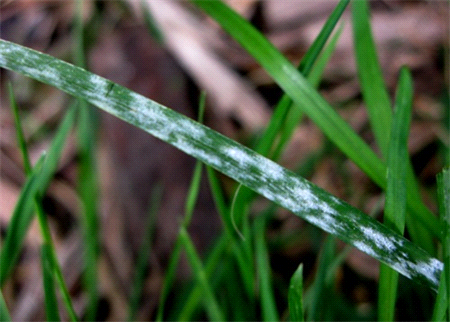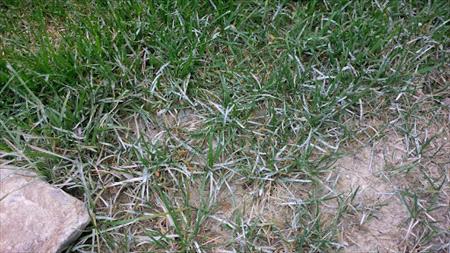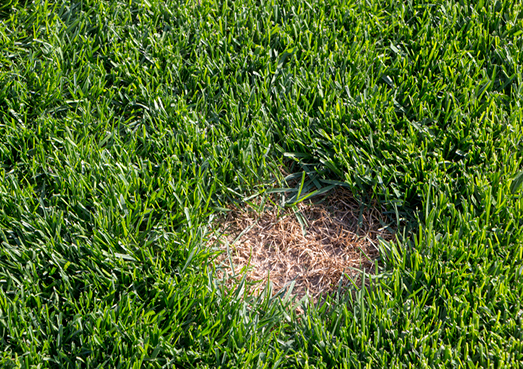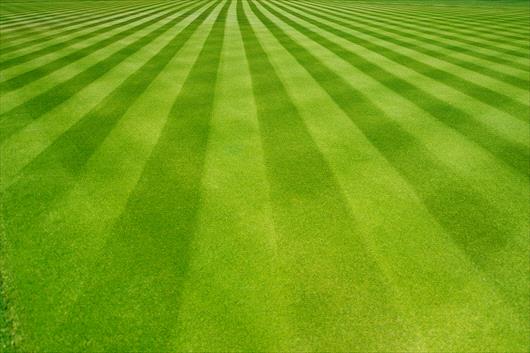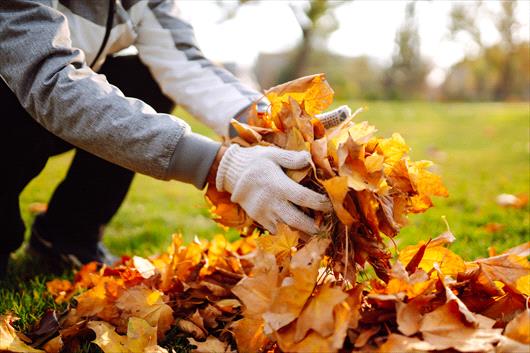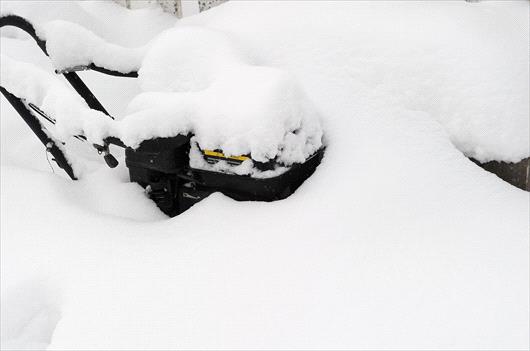Your Cart

LEARN YOUR LAWN: Powdery Mildew
Request a Quote
What Is Powdery Mildew?
Powdery Mildew is a fungal disease that can infect any turfgrass, but is most common on Annual Bluegrass, Bentgrass, and Fescues. The fungus causes a white or grayish powdery coating to appear on the leaves and stems, feeding on the plant tissue and causing damage. The affected leaves may also turn yellow or brown, and the grass may become stunted and weakened. Powdery Mildew occurs in cool, humid conditions, most commonly in the spring and fall when temperatures are between 12ºC and 20ºC. It can spread rapidly in heavily shaded areas, periods of low light intensity, and periods of poor air circulation.
How Can I Control Powdery Mildew in My Lawn?
Powdery Mildew can be difficult to control as temperatures begin to rise and conditions become hot and humid. In most cases, a change in the weather can help reduce the spread of this disease. You can also adjust your cultural practices to improve the health of the lawn and further limit the spread of the disease. However, depending on the size of the infestation and the scope of the damage, other forms of control may be necessary.
A thick, healthy, well-maintained lawn is the best line of defense. Here’s how you can adjust your beneficial cultural practices to reduce the spread of Powdery Mildew:
Avoid Watering: Under normal circumstances, you should be watering each area of your lawn for 30-45 minutes, twice per week, in the early morning so the turf is dry by nightfall. However, you should avoid watering when the disease is active.
Avoid Mowing: You should avoid mowing when the disease is active. If you do have to mow, make sure your mower blade is razor sharp, so that the blade does not fray the tips of the grass, spreading the disease. Maintain a regular mowing schedule throughout the growing season. In general, you should keep your lawn between 2 ½ and 3 ½ inches high, but during the hottest weeks of summer, you may allow the grass to grow as high as 4 inches. Never remove more than ⅓ of the grass blade at each mowing.
Fertilize Regularly: Regular applications of Weed Man’s specially formulated, slow-release granular fertilizer will help provide your lawn with adequate nutrients. These applications are timed specifically to avoid over fertilizing the lawn.
Core Aeration: Aerating your lawn can improve soil drainage and help reduce the likelihood of lawn diseases. This will also alleviate soil compaction and allow water and nutrients to penetrate deeper into the soil.
Your local Weed Man professional may be able to offer other solutions and recommend the best form of treatment that is available to improve the conditions of your lawn.
 English (USA)
English (USA) Français (CANADA)
Français (CANADA)
